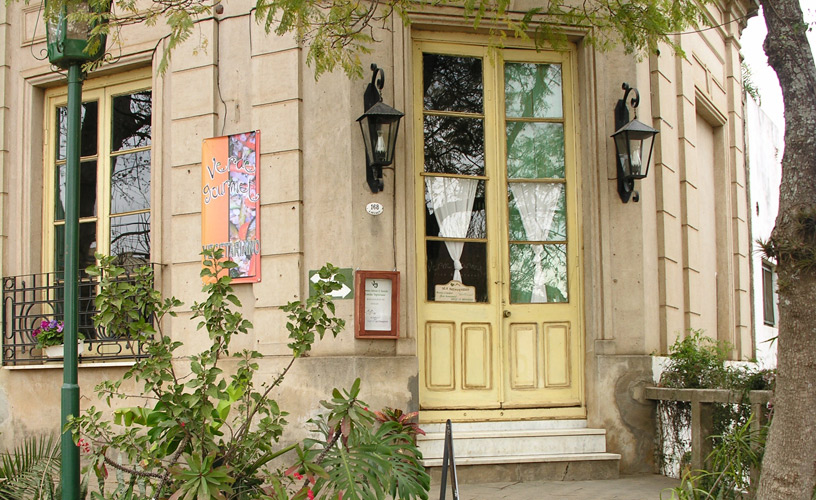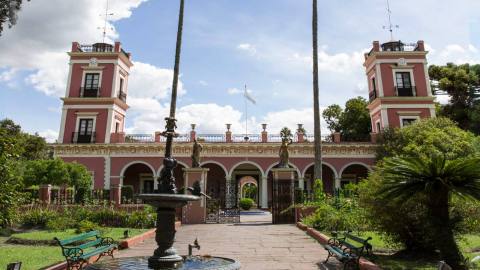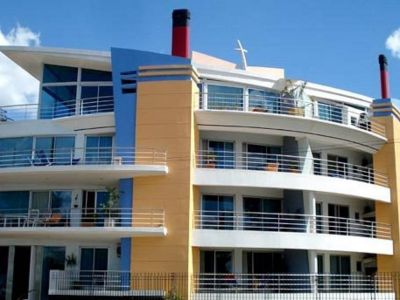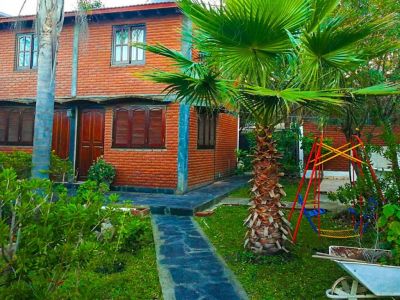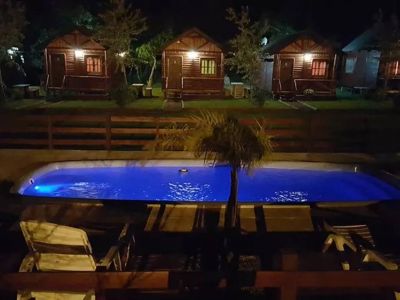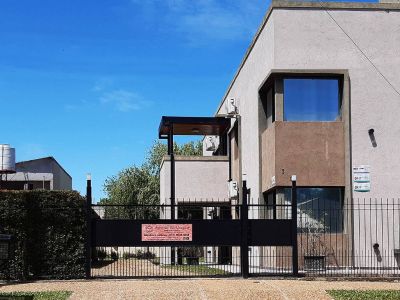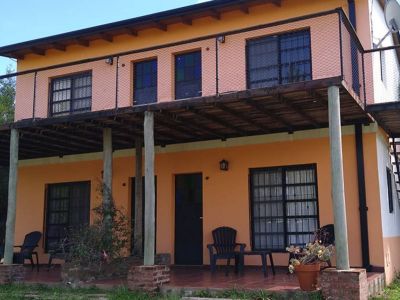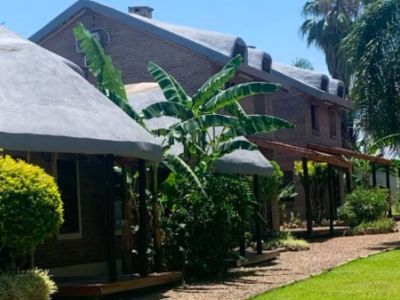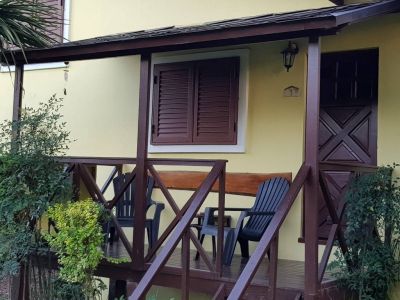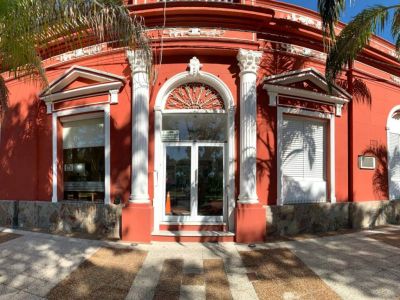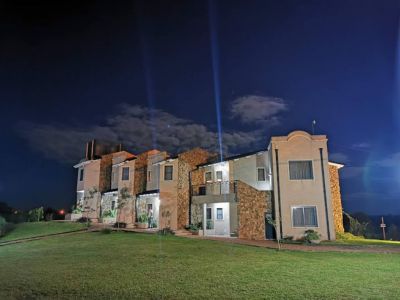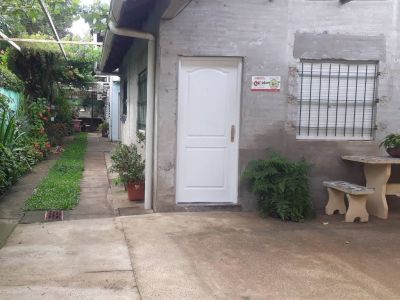These were the words of Fustel de Coulanges in his book The Ancient City, which even today continues to be true.
The history of Colón is a history of memories and experiences from other times and even if it is no longer what it used to be, one only needs to walk around this beautiful city in order to understand what everything used to be like.
Its Port Origins
In July 1st, 1857, a group of immigrants brought along by Justo José de Urquiza disembarked in the place known as Calera de Espiro. These immigrants gave origin to Colonia San José (which today lies just 5 kilometers away from Colón). But it would be the place of disembarkation which would later give origin to the port and the future City of Colón.
The city was founded in May 9, 1862, but as a consequence of the disputes between the Confederation and the Province of Buenos Aires, April 12, 1863 was considered the foundation date, when the first school began to be built.
Visit to the historical neighborhood
It was then that the port gained vital importance in the area. Not only did the port activities include the exchange of products but also the disembarkation of men who would come along attracted by opportunities of making progress.
Its shelters, stores, family houses, inns and restaurants have maintained their ancient façades intact, which make us become aware of what everything used to be like when the port was the main protagonist.
From the river, it is possible to go up these streets and watch how its sidewalks are elevated from ground level. This is due to the floods caused by the river in the past (before the Salto Grande Dam was built).
The Old River Station
The river station is one of the most attractive buildings in the port area. It was built as a waiting room for passengers.
The construction of this stately building was managed by Mr. Herminio Quiroz and its furniture belongs to the local municipality nowadays. It houses the local Tourist Office, therefore any visitor may go in and watch the inside of this beautiful venue.
Besides the local prefecture and the famous Cheese Basement, the oldest and most historical buildings in Colón lie opposite the station. The houses that make up the blocks laid by Alberdi St., Belgrano St. and 3 de Febrero St. represent a clear example of what life used to be like in those days.
History goes that those who arrived in Colón would immediately get into its pubs and inns to rest from their journeys, which used to be truly and surprisingly tiring.
The corner of Gouchón St. and Alejo Peyret St. today is a beautiful inn that treasures an old well in its backyard next to a jasmine bush, visited by hundreds of tourists. The old port restaurant, a meeting point where all visitors to these latitudes could also be lodged, operated there for years.
Nowadays, this entire sector is being subject to a process of preservation as a historical area. Its buildings from various historical periods and origins -colonial, Italian and even Basque- give evidence of the matchless historical heritage the city has.
Pablo Etchevers
Pablo Etchevers

